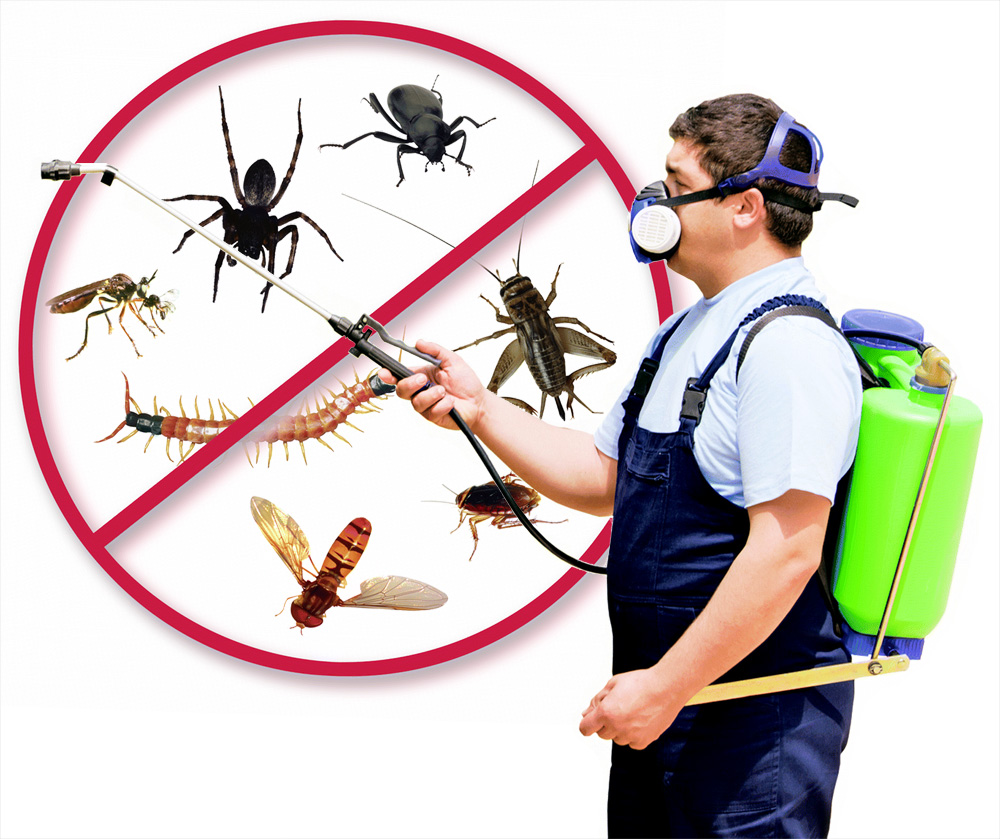Pest Control: Tips and Tricks for a Pest-Free Homestead
Living on a homestead can be incredibly fulfilling, but it also comes with its fair share of challenges. One of the most common issues faced by rural dwellers is pest infestation. Pests can wreak havoc on your crops, livestock, and overall peace of mind. However, with some proactive measures and DIY solutions, you can effectively control pests on your homestead without relying heavily on harmful chemicals.
1. Identify the Problem:
The first step towards effective pest control is identifying the specific pests you’re dealing with. Different pests require different approaches to control them efficiently. Common homestead pests include rodents (mice and rats), insects (ants, flies, mosquitoes), birds (pigeons), and larger animals like raccoons or deer.
2. Implement Preventative Measures:
Prevention is always better than cure when it comes to pest control. Start by keeping your property tidy and removing any potential habitats or food sources for pests. Regularly inspect buildings for cracks or holes that need sealing to prevent rodent entry.
3. Natural Repellents:
Using natural repellents can deter many pests from invading your property without causing harm to humans or animals. For example:
– Planting marigolds around your garden will repel aphids.
– Spraying a mixture of water and dish soap onto plants helps keep bugs away.
– Hanging reflective objects like CDs near fruit trees will deter birds.
4. Traps:
Traps are an effective way to catch small rodents like mice or rats without harming them permanently.
– Use snap traps baited with peanut butter in areas where rodents are active.
– Live-catch traps allow you to safely trap animals before releasing them elsewhere.
5. Beneficial Predators:
Introducing beneficial predators into your ecosystem can help balance out nature’s harmony while controlling pesky insects naturally.
– Encourage owls by installing owl boxes to control rodent populations.
– Attracting ladybugs or praying mantises will help control garden pests.
6. Integrated Pest Management (IPM):
IPM is a holistic approach that combines various pest control methods to minimize chemical usage and protect the environment. It involves monitoring, prevention, cultural practices, mechanical controls, biological controls, and only using chemicals as a last resort.
7. Seek Professional Help When Necessary:
If your pest problem becomes overwhelming or you’re dealing with larger animals like raccoons or deer, it may be wise to seek professional assistance. Local wildlife experts or exterminators can provide guidance tailored specifically to your region and situation.
Remember, maintaining a healthy environment is key to long-term pest control success on your homestead. By implementing these tips and tricks in a proactive manner, you can create a harmonious coexistence with nature while protecting your property from unwanted pests.


Leave a comment